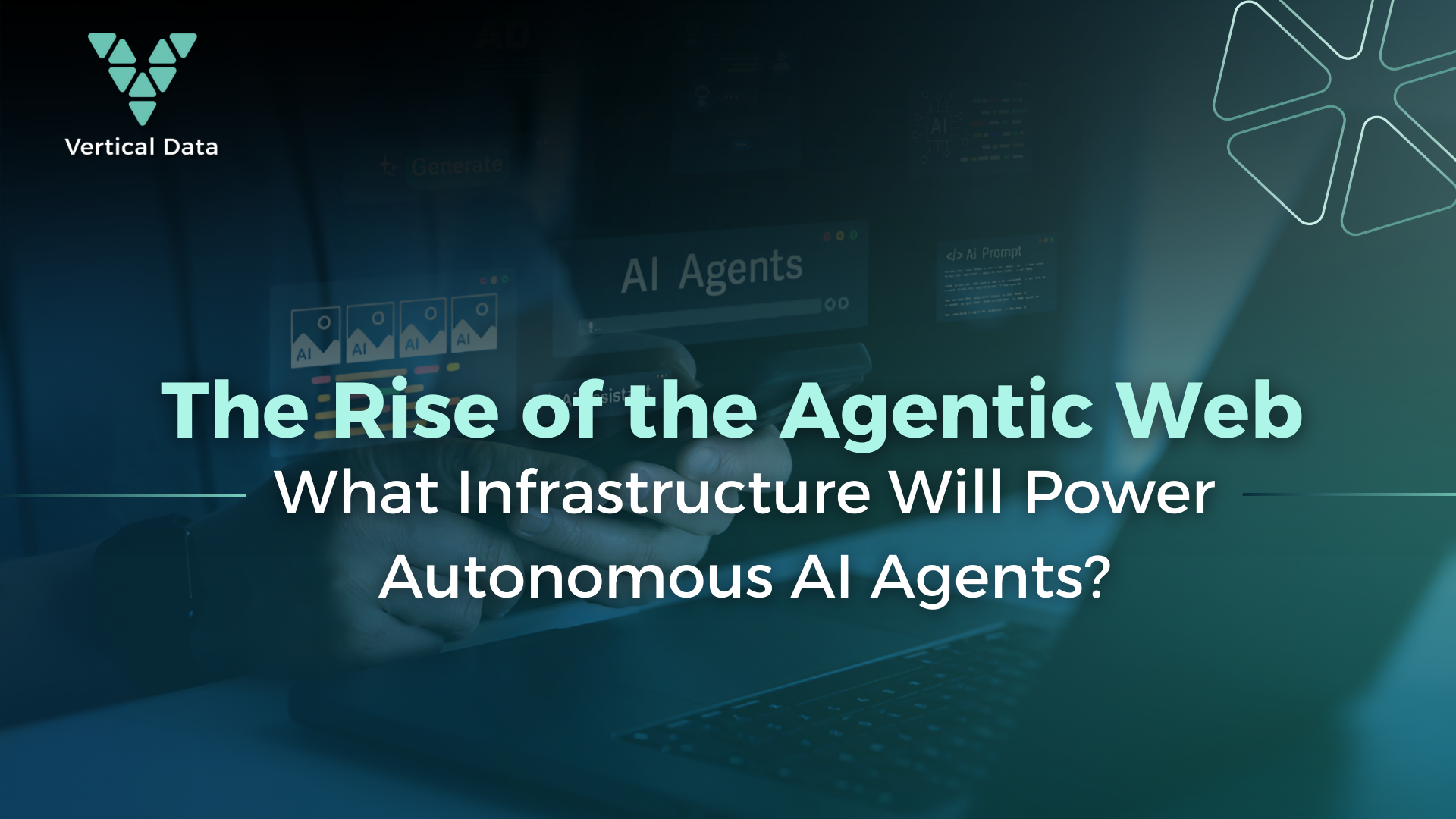Introduction
The internet is on the cusp of another transformative shift, moving beyond static pages and interactive applications to an era often dubbed the “Agentic Web.” This new paradigm envisions a web where autonomous AI agents, powered by advanced artificial intelligence, perceive, reason, plan, and act on behalf of users, often without direct human intervention. These agents promise to automate complex tasks, personalize experiences, and unlock unprecedented levels of productivity. However, realizing this agentic future hinges critically on the development and deployment of resilient, scalable, and adaptive infrastructure. Understanding what powers these autonomous entities is key to grasping the future of the web.
Understanding Autonomous AI Agents and the Agentic Web
Autonomous AI agents are sophisticated software systems capable of performing complex tasks independently. Unlike traditional AI, which often requires explicit instructions for each step, autonomous agents can set goals, break them down into sub-tasks, execute actions, learn from outcomes, and adapt their plans to achieve objectives in dynamic environments. They demonstrate reasoning, planning, and memory, enabling them to maintain context and pursue long-term goals.
The Agentic Web is the emerging vision of the internet where these AI agents are not just tools but active participants. They will interact with websites, applications, and other agents, making decisions and performing tasks on behalf of users or systems. Imagine an agent that manages your travel plans end-to-end – from booking flights and accommodation to arranging local transport and even adjusting itineraries based on real-time events, all while adhering to your preferences and budget. Such autonomy requires an entirely new class of infrastructure.
Core Infrastructure Requirements for Autonomous AI Agents
The computational and data demands of autonomous AI agents are immense and multifaceted. Powering these intelligent entities requires a sophisticated blend of hardware and software:
- High-Performance Compute (HPC)
At the heart of every AI agent lies powerful processing capabilities. Large language models (LLMs) and other foundational AI models that enable agents to understand, reason, and generate responses require significant GPU resources for both training and inference. While training often occurs in centralized data centers, inference, especially for agents requiring real-time interaction, may need to be distributed closer to the user or data source. - Massive and Efficient Data Storage
Autonomous agents continuously gather, process, and store vast amounts of data, from user preferences and historical interactions to real-time environmental inputs and external sources. This requires highly scalable, low-latency storage solutions that can handle diverse data types and ensure rapid access for decision-making and learning. - Advanced Networking and Connectivity
Agents need seamless, low-latency communication to interact with various web services, APIs, and other agents. High-bandwidth networks are essential for transmitting large datasets and model updates, while robust connectivity ensures reliable operation across distributed environments. - Specialized Software Platforms and Frameworks
Beyond raw compute, agents rely on sophisticated software stacks. This includes AI agent frameworks (e.g., LangChain, AutoGen), orchestration layers for managing workflows, tool-use capabilities for interacting with external systems, and strong security protocols to ensure safe and ethical operation.
Powering the Agentic Web: Hybrid Approaches
No single infrastructure model is likely to dominate the Agentic Web. Instead, a hybrid approach combining cloud, edge, and on-premises solutions will be crucial:
- Cloud Infrastructure
Public and private cloud environments will continue to provide the foundational scalability and flexibility for training large models and hosting complex orchestration platforms. Their on-demand nature is ideal for burstable workloads and global deployment. - Edge Computing
For agents requiring ultra-low latency, real-time interaction, or enhanced privacy (e.g., smart devices, autonomous vehicles), edge computing will be indispensable. Processing data closer to the source reduces network overhead and enables quicker responses, though it requires specialized, power-efficient hardware. - On-Premises and Colocation
For organizations with stringent data sovereignty requirements, proprietary AI models, or consistent, high-performance workloads, on-premises data centers or specialized colocation facilities will offer the necessary control, security, and dedicated compute resources. These environments can be optimized for agentic AI tasks, ensuring peak performance and compliance.
Conclusion
The Agentic Web represents a profound evolution in how we interact with digital systems, promising a future where AI proactively assists and automates. The infrastructure underpinning this future will be a complex, interconnected ecosystem that leverages the strengths of cloud, edge, and on-premises deployments. As autonomous AI agents become more prevalent, the demand for high-performance computing, intelligent data management, and resilient networking will only intensify. Building and optimizing this infrastructure will be a continuous challenge. At the same time, it will be a critical enabler for the next wave of AI innovation, shaping a web that is not just interactive, but truly intelligent and autonomous.
